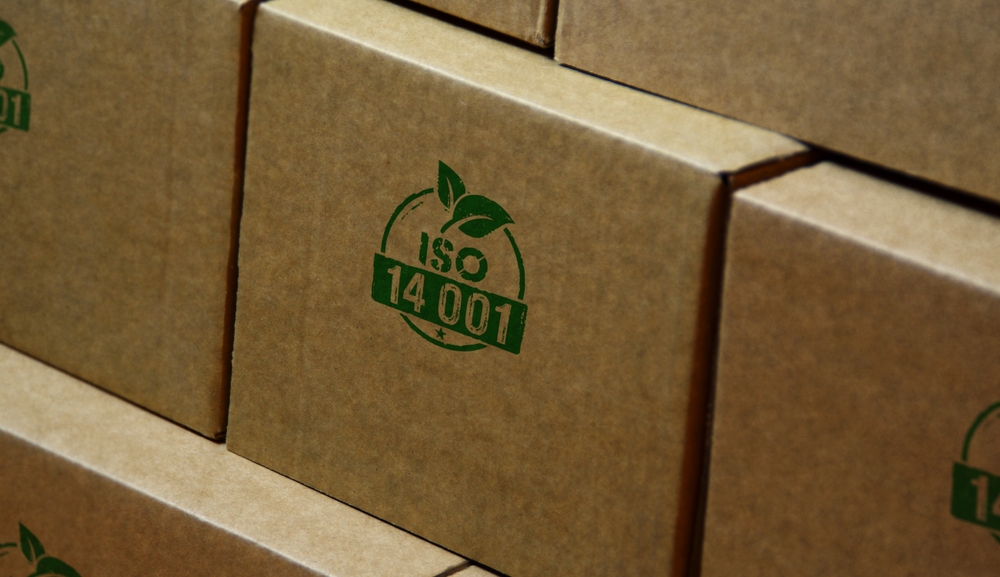What does your safety culture look like today?
Are you confident your team is reporting all incidents—near misses, first-aid cases, and property damage? Do they feel encouraged to speak up, and do they understand the value behind doing so?
Reporting is one of the most powerful tools in preventing repeat incidents. Understanding why something happened is essential, but it’s only one piece of building a strong, sustainable safety culture. A truly safe workplace requires a proactive approach that goes beyond reacting to incidents.
A mature Health & Safety program includes clear processes for incident reporting, investigations, root cause analysis, corrective actions, and consistent benchmarking of both lagging and leading indicators. As you prepare for the upcoming year, now is the perfect time to evaluate whether your program is simply compliant—or actively driving improvement.
Safety Program Self-Assessment: How Do You Score?
Incident Reporting
- Do you have an incident report form, and is a blank copy easy for supervisors and managers to access?
- After an incident occurs, is the form completed fully and submitted promptly?
Supervisor & Management Training
- Are supervisors trained in incident response?
- Do they know how and when to complete an incident report?
- Are they equipped to conduct incident investigations?
- Are they familiar with the Hierarchy of Controls and the corrective action process?
Employee Engagement
- Are employees encouraged to report first-aid incidents and near misses?
- Do they actually report them?
Corrective Actions & Hazard Management
- Is there a process to review incident reports and determine appropriate corrective actions?
- Does the review include risk evaluation and reduction steps?
- Do you conduct regular workplace hazard inspections?
- Once a hazard is identified, how is it addressed?
- Do you have a corrective action tracking system?
- Are follow-up checks performed to ensure controls are implemented and effective?
- Are findings and corrective actions communicated to the entire team?
- Do you verify that safety controls are in place and functioning as intended?
Benchmarking
- Do you have benchmarking programs in place for lagging indicators?
- Do you have benchmarking programs for leading indicators?
- Are your OSHA logs current and maintained for the required five-year period?
CMI Can Help Strengthen Your Safety Culture
CMI partners with organizations to build comprehensive workplace safety programs—from supervisor development and incident reporting systems to corrective action planning and benchmarking structures. Reach out today to learn how we can help you advance your Health & Safety programs and build a safety culture that goes far beyond basic compliance.



